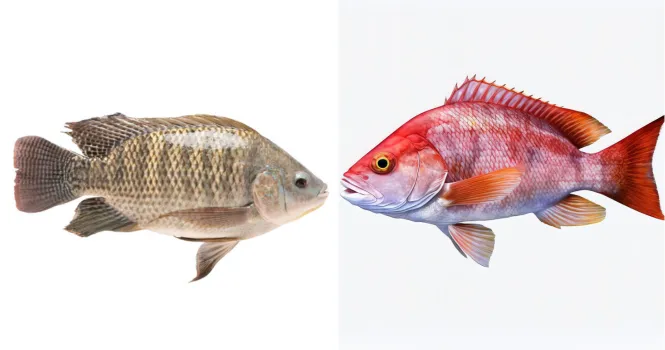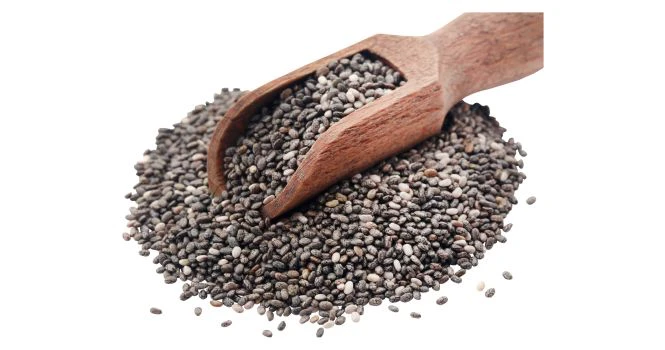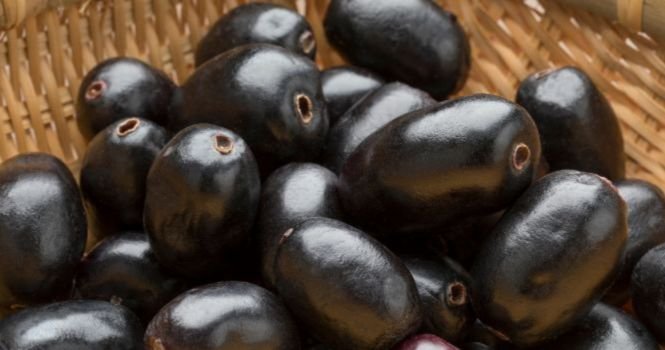Red snapper and tilapia are both popular fish choices for seafood enthusiasts, valued for their versatility in culinary applications and their nutritional profiles.
However, there are several differences between the two, from their taste and texture to their environmental impact and nutritional content, which might influence your choice depending on your dietary preferences, cooking needs, and sustainability concerns.
Taste and Texture
- Red Snapper: Known for its distinct, slightly sweet flavor and firm texture, red snapper is a favorite in various cuisines. Its meat is lean and moist, with a pinkish hue that turns white when cooked. Red snapper holds up well to grilling, baking, and frying, making it versatile for a wide range of dishes.
- Tilapia: Tilapia has a milder flavor, which makes it a good option for those who prefer less “fishy” tasting seafood. Its texture is flakier and less firm than red snapper, and it’s often considered a good “entry-level” fish for those new to eating seafood. Tilapia is adaptable to numerous cooking methods, including baking, frying, and steaming.
Nutritional Content
- Red Snapper: This fish is a good source of protein, vitamin D, and selenium. It’s also relatively low in calories and fat, making it a healthy option for those looking to maintain or lose weight. Additionally, red snapper contains omega-3 fatty acids, although in lower amounts compared to fatty fish like salmon.
- Tilapia: Tilapia is also high in protein and low in calories, making it suitable for weight management. However, it’s worth noting that tilapia has been criticized for its higher omega-6 fatty acid content, which, when consumed in imbalance with omega-3 fatty acids, may contribute to inflammation.
Environmental and Sustainability Considerations
- Red Snapper: The primary concern with red snapper is overfishing and bycatch, which can harm other marine species. It’s crucial to choose red snapper from sustainable sources, certified by organizations like the Marine Stewardship Council (MSC), to ensure responsible fishing practices.
- Tilapia: Often farmed, tilapia is considered one of the more sustainable fish options, given its lower environmental impact. However, the conditions in some tilapia farms, particularly those that do not adhere to stringent standards, have raised concerns over the use of antibiotics and the potential for pollution. Opting for tilapia from well-managed, eco-certified farms can mitigate these concerns.
Culinary Uses
Both red snapper and tilapia are versatile in the kitchen, but their different textures and flavors may make one more suitable than the other for specific recipes.
Red snapper’s firmness makes it excellent for dishes that require the fish to hold its shape, while tilapia’s mild flavor and flakier texture can absorb a wide range of seasonings and sauces, making it a good canvas for bold flavors.
When choosing between red snapper and tilapia, consider the flavor and texture preferences of those you’re cooking for, as well as the specific requirements of the recipe.
Additionally, be mindful of the environmental and sustainability aspects of your seafood choices, opting for sources that adhere to responsible fishing and farming practices. Both fish can be part of a healthy, balanced diet, offering valuable nutrients and versatility in cooking.










